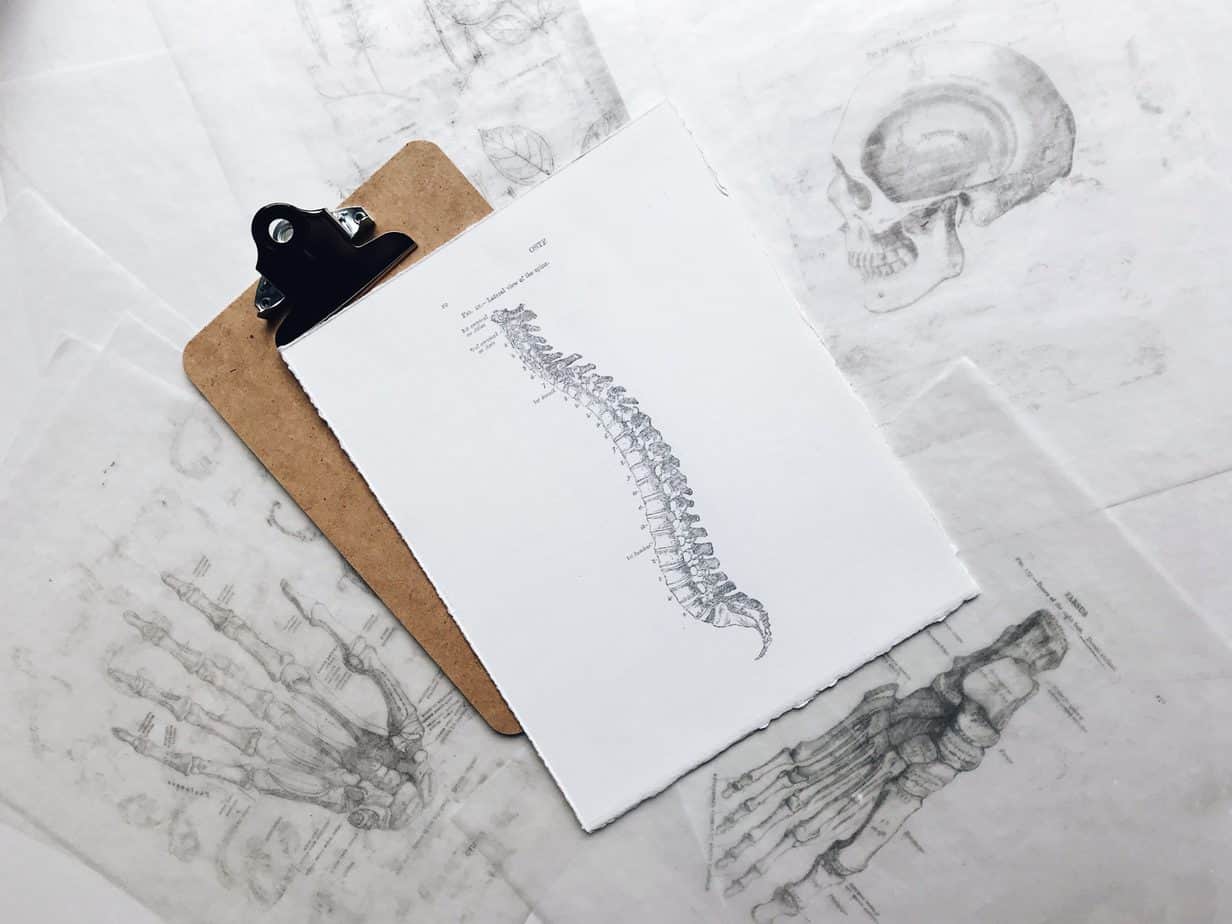Is it a urinary tract infection or pelvic floor dysfunction?

If you’ve ever had a urinary tract infection (UTI) then you may be familiar with some of the not-so-great symptoms associated with it. These can include; burning with urination, increased urinary frequency and lower abdominal or pelvic pain.
BUT did you know pelvic floor dysfunction (PFD) can include almost all of the same symptoms as a UTI? It can be difficult to tell the difference between a UTI and PFD. We’ll be discussing some of the smaller differences and how to better understand what may be happening if you suspect you may have a UTI or underlying PFD.
What is a UTI and why does it happen?
- A urinary tract infection is an infection that can occur anywhere along the urinary tract. Most commonly, they occur as a result of bacteria coming into contact with the urethra. Women are more likely to contract UTIs due to a shorter urethra. It is also more common in women who are sexually active, pregnant or post-menopausal.
How do I test for a UTI?
- In addition to burning and discomfort, a true UTI will also cause cloudy or bad-smelling urine. If you are experiencing these symptoms contact your healthcare provider to receive a urine test. If a true UTI is detected your healthcare provider may prescribe antibiotics to take for a short period of time.
What does the pelvic floor have to do with it?
- The pelvic floor is a group of muscles that sits at the base of your pelvis. These muscles surround and support your pelvic organs; including the urethra and bladder! If the pelvic floor muscles are tight or in spam they can create increased pain to the urethra or bladder, often mimicking UTI like symptoms. These muscular spasms can cause urinary urgency, urinary frequency, bladder pain, lower abdominal pain, urethral pain, burning and even make it difficult to fully empty your bladder.
- The tricky part is if you have a UTI often the pelvic floor muscles go into spasm while the active infection is occurring! When your body experiences pain (in this case pain in the bladder and urethra) the muscles surrounding that painful area often tighten to help “protect” that area. Oftentimes, patients will come into PT after a history of one or multiple UTIs with lingering symptoms even though they are testing negative for a UTI!
How can we help
- If you’ve seen a physician and a UTI has been ruled out or if you’ve taken antibiotics and symptoms persist it may be time to see a pelvic physical therapist! A pelvic PT can help determine if there is underlying pelvic floor dysfunction occurring and can treat the muscle spasms to help reduce symptoms. A PT can also help teach you techniques to prevent the muscles from returning to a spastic state and help reduce the risk of recurrent UTIs!
- Body Harmony Physical Therapy offers one-on-one treatment sessions and provides individualized treatment programs for each patient.







